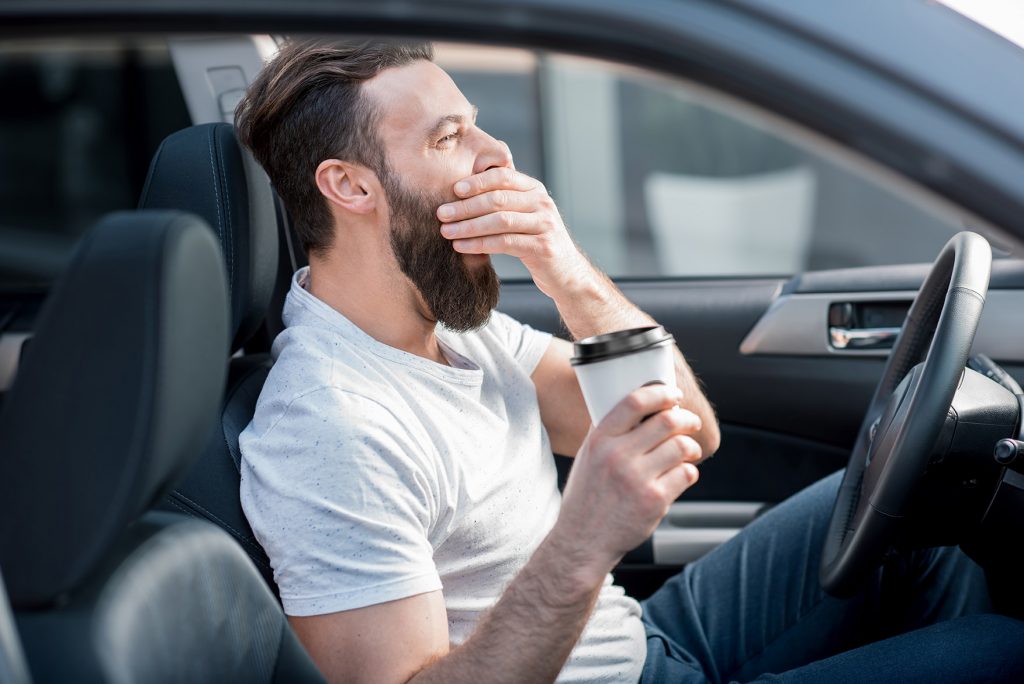
In an attempt to dissuade drowsy driving, Uber has introduced a mandatory six-hour rest period for drivers who choose to work for 12 straight hours. Though this measure will only affect a small percentage of Uber employees, it may help prevent unnecessary collisions caused by fatigue.
In its announcement, Uber cited statistics that may surprise some. For instance, according to the National Highway Traffic Safety Administration (NHTSA), there are approximately 6,000 fatigue-related car fatalities every year, and a CDC survey found that 1 in 25 drivers had fallen asleep at the wheel during the weeks leading up to the survey. What’s more, the National Sleep Foundation found that nearly 7 million people nodded off while driving during a two-week period. Given these numbers, Uber’s actions seem appropriate, though it’s important to consider the context of this policy.
Local Regulations
States and localities around the country already enforce their own regulations on Uber drivers. In New York City, for instance, Uber has introduced an automated time limit on its driver app. That policy was introduced in the wake of a tragic pedestrian death caused by a fatigued taxi driver who had been driving for nearly 16 hours. The 73-year old cabbie, Salifu Abubkar, struck 88-year old, Luisa Rosario at 1 am. According to Abubkar’s son, the elder cabbie had regularly driven 16 hours on Saturdays, despite the fact that Taxi drivers are limited to 12 hours of continuous driving.
The App
Whereas New York cabbies are supposed to abide by the regulations of their own accord, Uber drivers have no choice in the matter. The new app counts the drivers’ hours and gives several warnings leading up to the 12-hour mark – one at the 10th hour, another at the 11th hour and a 30-minute warning. Once 12 hours are up, the app stops the driver from picking up new passengers and counts six hours before restarting.
Financial Pressure
The new feature will surely have a positive impact on driver safety, but it’s important to highlight the political-economic context in which this app has emerged. In 2016, Uber drivers banded together to protest the 15 percent reduction in fares, shouting “Shame on Uber” from atop mounds of snow. The protesters could not muster the numbers necessary for a company-wide strike, but the message was clear: drivers have struggled to make ends meet. The message was made clearer in November, 2016, when a group of Uber drivers joined the “Fight for 15” Day of Disruption.
Between the price reduction and the booming number of drivers, Uber employees have been facing more and more pressure to drive that extra hour. It’s no wonder the New York Post was able to find several drivers working between 16 and 19 hours a day. “I have to work 16 hours a day to make enough money to support my family,’’ said one 28-year old driver struggling to support a family. “Last week, I worked 19 hours in one day, and I slept in the car at JFK.”
Fatigue and Inebriation
Nonetheless, Uber drivers and truckers put themselves and other vehicles at risk when they drive for long periods of time without rest. Studies have shown that the physical effects of drowsiness can resemble those of inebriation. Thus, it follows that companies (and regulatory bodies) should take responsibility for such behavior by implementing enforceable time-limitations. Perhaps they should also consider the financial pressures that lead to such desperate behavior.
If It Happens to You
If you happen to come across a vehicle exhibiting erratic behavior, you should back off and give plenty of room between you and the other car. Signs of drowsy driving include the following: swerving and other erratic maneuvers; fluctuating speeds; and sudden movements into the adjacent lane. If a collision occurs at no fault of your own, you may be able to obtain fair compensation for your injuries or any damages to your vehicle. To that end, it’s a good idea to contact a skilled car accident attorney, as they can help you navigate the sometimes-complicated process of filing claims and collecting the appropriate documentation.















